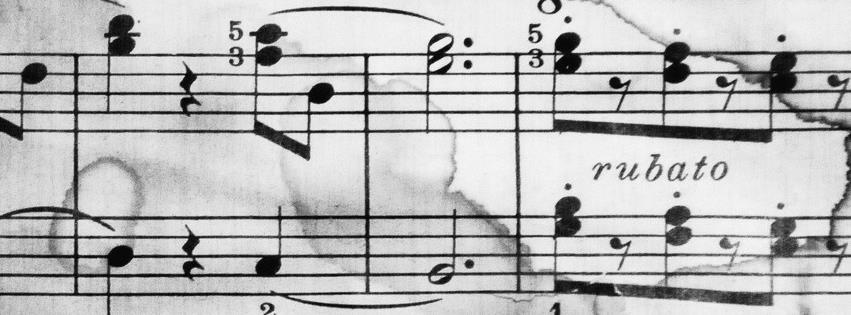Melanie Spanswick gives 5 top tips on how we can make the most of space
Rests, as we know, indicate a place in the score where we literally stop playing. An actual rest is generally a specified length, and we achieve that length by counting or keeping time.
But what happens when the rest is marked as a pause? How long should we take? And how much silence is permissible?
Many composers rely on pauses to create drama, and if we ignore their demands, we are, in effect, changing the character of the piece. Here are a few suggestions when observing rests and pauses.
1. Start by reading through and taking note of all rests
Rests may dwell only in either the left- or right-hand part, but when they are placed together, this is where drama is often created; skipping rests, or hurrying over them, can result in a rushed, breathless performance.
2. Physically add the pause to your score
To ensure you don’t skip any beats which are rests, write your intended counting into your score. How will you keep time? You might count aloud, use a metronome, count in your head or tap your foot. Whichever best suits you, ensure each beat is given its full value.
Piano students can tend to skip onto the next section or passage without as much as a slight pause in between, even when such a pause is indicated. Music always needs time to breathe, and the audience also needs a moment to actually register that time.
3. Count your pause
Once you’ve accounted for all the written-in rests, now think about pauses. When a pause (or fermata) is at the end of a piece, we can rest assured that plenty of time can be taken, but when it appears at the end of a section, or even the end of a phrase, how long can we take?
It can be helpful to ‘count’ your pause; if the note is a semibreve with a pause, perhaps hold for the semibreve plus at least one beat (a crotchet), or possibly two beats (or a minim) - much will depend on the tempo of the piece. However, this will add sufficient time without taking liberties.

4. Rubato
We then move into the realms of a different kind of pause, namely the space between the notes. Occasionally, it’s necessary to offer an illusion of time between notes, creating a wonderful sense of space (known as rubato, or ‘taking time’).
One way of achieving this is to approach it, again, with rigid time keeping at first, sub-dividing beats, so that every note is ‘placed’ perfectly, and then you can relax specific notes or note patterns, giving them more time than that written, offering an effective, expressive elasticity, for musical ends.
5. Try adding rests before you start playing
Finally, we should really think about the moments spent at the piano before we start playing our piece. There can be a tendency to play as soon as you sit on the stool. But this can cause issues, because your mind and fingers probably need time to think and register what they are about to do.
Try adding rests before you start. If the piece is in 4/4 and it’s a fairly fast tempo, it can help to ‘count in’ a two bars before you start. This can also be done at the end of a movement as well, before launching into the next one.
Rests, pauses, or creating a sense of space as you play, proffers a much more professional, controlled approach to performance practice. It may seem as though you are taking so much time, but in reality, you are just providing the music with the necessary space for it to breathe.
Writer and pianist Melanie Spanswick gives a piano lesson inside each issue of Pianist. Get the latest copy here.








